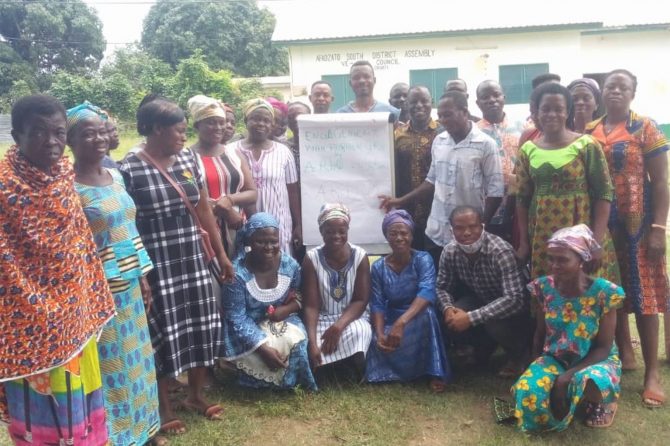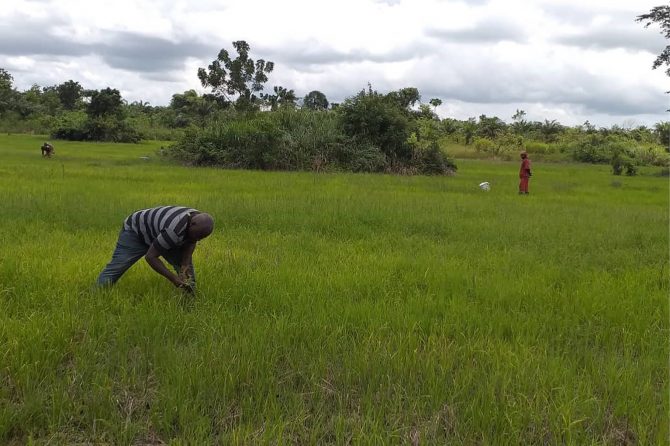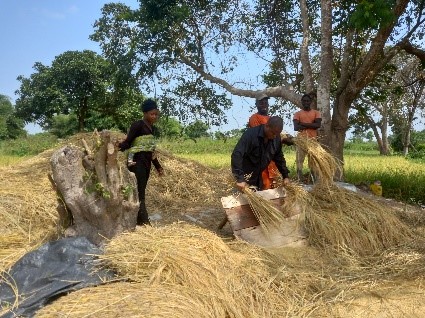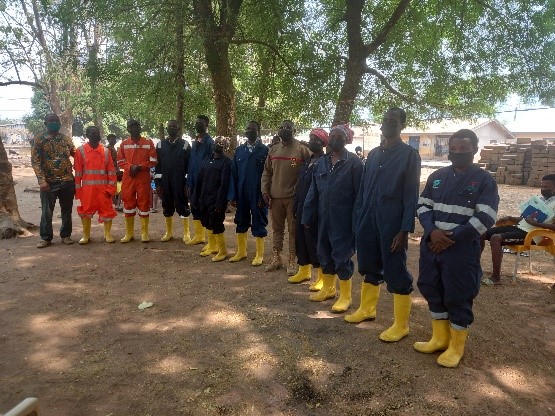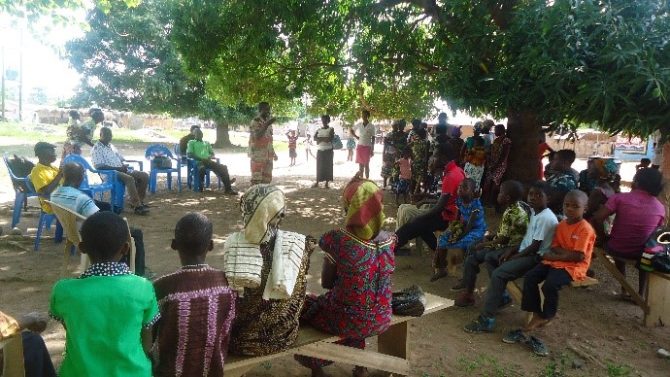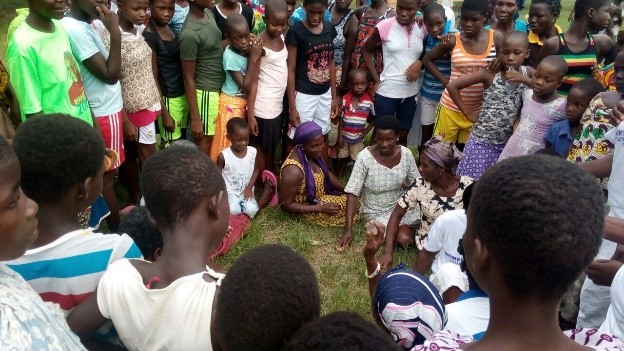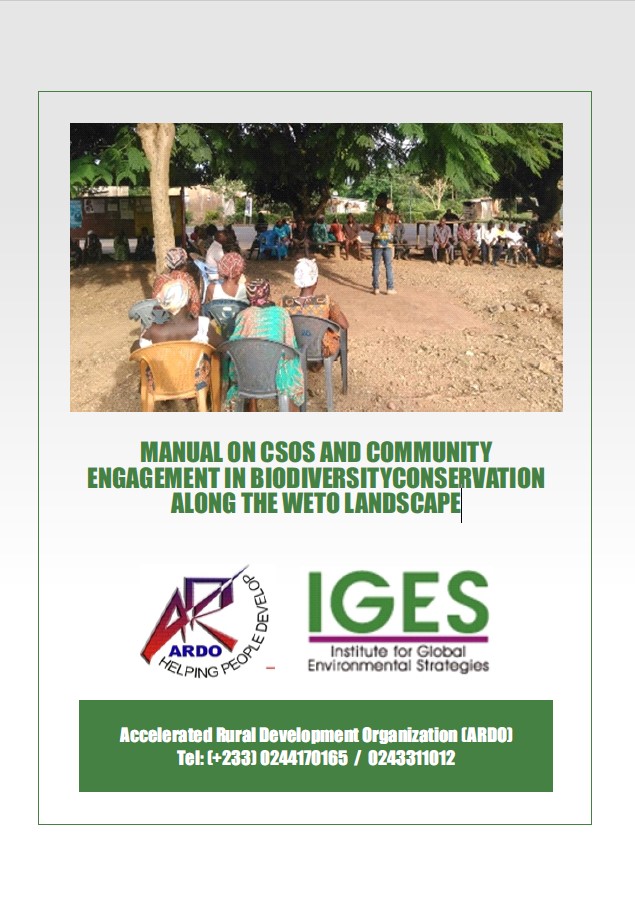2020 GHANA
Transforming rice production to sustain socio-ecological services along the Weto mountain range
Accelerated Rural Development Organization (ARDO)
Community / field-based implementation
Landscape
Overview
The project was implemented in two communities, Tafi Mador and Ve Wudome, along the Weto mountain landscape of the Akwapim-Togo range. These communities are made up of local farmers who practice subsistence agriculture and small-scale traders in these communities. Deforestation has occurred due to wildfires, unsustainable agricultural practices and overharvesting of forest resources which is partly caused by the return of people from urban areas due to COVID-19. As a result, ecosystems have been degraded, and pollinators such as honeybees and other useful soil organisms are in danger of extinction. The government’s inaction on education and cultivation of new varieties of crops coupled with excessive use of chemical fertilisers and pesticides have caused biodiversity challenges along the landscape. This project aimed to promote organic and commercial rice cultivation on low-lying grassland along swampy areas. We also facilitated and promoted community mobilisation to prevent and fight against wildfires.
This project was implemented with three objectives:
- Restore and conserve ecosystems along the Weto mountain landscape, through wildfire risk removal, healthy agricultural practices, and reducing the usage of chemical fertilizers and pesticides;
- Enhance living standards by promoting and adding value to organic rice, introducing improved varieties, processing and marketing of brown rice, renewing two farmers’ groups, and promoting both savings and loan schemes in the two villages (Tafi and Ve); and
- Develop a handbook of community engagement to CSOs for local communities.
Key achievements
- From the baseline survey, we found 80% of community members have a fair and varied understanding about ecosystem conservation.
- With the cooperation of the Department of Food and Agriculture (DoFA), two project management teams of five members each per community were formed to ensure sustainability after the project was complete.
- Two volunteer groups were trained and provided with basic firefighting equipment and clothing. Several fire management training sessions were held in Tafi, Ve, and their surrounding communities. For the first time, volunteers worked with chiefs and elders to mobilise their communities and put out wildfires in the mountain range throughout the night.
- Education and awareness activities by ARDO and DoFA reduced the usage of chemical fertilisers for local brown rice, which has a low yield per acre but is considered nutritious, wind- and rain-resistant, and high market value cultivation. As a result, snail populations and mushroom yields increased. This project has contributed to the commercial cultivation of rice, which used to be only a subsistence crop.
- Some 1,610 hectares of land under organic rice farming were covered and more than 598 beneficiaries, including women, were able to make improvements to their living standards.
- Farmers recieved training on building a value chain for rice, by utilising abundant straw and rice husks for mushroom production, fodder and fertilizer.
- A total of 200 handbooks for community engagement to CSOs were developed and then shared among communities, district councils, and sister CSOs. Soft copy versions of the handbook were also shared.
Lessons
It is not enough to design a project with only the needs of beneficiaries in mind. We need to further check the background (e.g., cultural practices, political structures, and various interests unique to the community) to get a true picture of the situation. As we understand the community dynamic, we strive not only to share and promote our vision, but also to integrate local people’s interests so as to achieve our common goals. Therefore, we need to be careful in identifying challenges and offering solutions.
Project location
Organisation
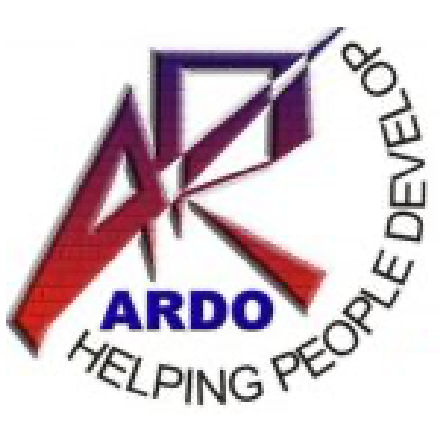
Accelerated Rural Development Organization (ARDO)
- Sector
- Non-governmental organisation
- Country
- Ghana
Related products
Relevant projects
Projects of the same year
Aichi Biodiversity Targets
Aichi Biodiversity Targets
-
Awareness increased
-
Incentives reformed
-
Habitat loss halved or reduced
-
Sustainable agriculture, aquaculture and forestry
-
Pollution reduced
-
Extinction prevented
-
Ecosystems and essential services safeguarded
-
Ecosystems restored and resilience enhanced
-
Traditional knowledge respected and integrated
Sustainable Development Goals
Sustainable Development Goals
-
Zero hunger
-
Decent work and economic growth
-
Responsible consumption, production
-
Climate action
-
Life on land
